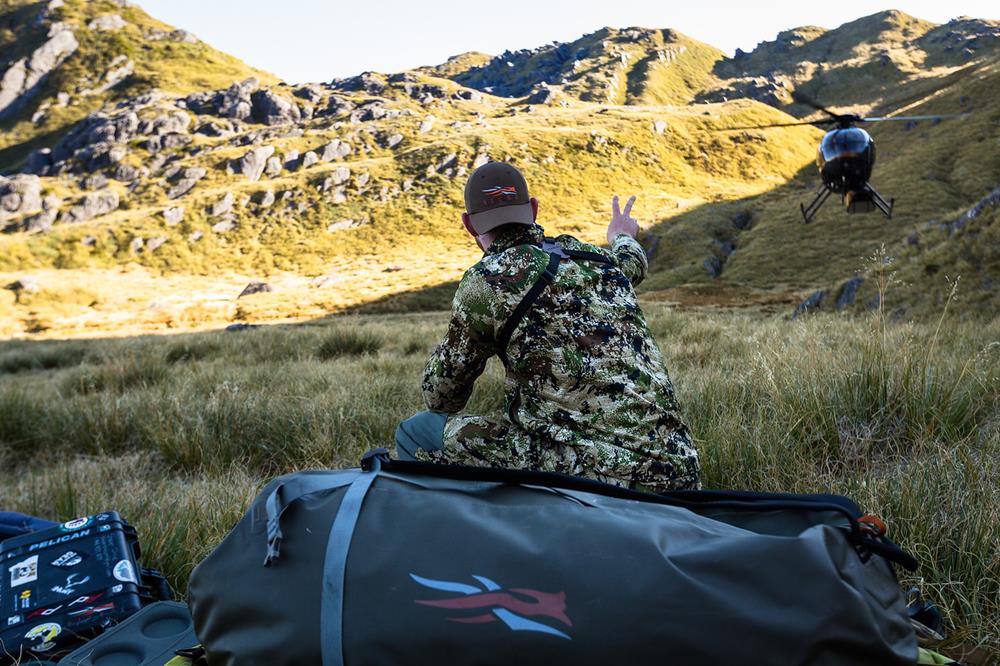

Struggling to decide what to leave behind that wouldn't compromise the trip, I prioritized the pile, attempting to cut 12 pounds. Extra food and my hip boots were the victims left behind in the hanger. I had to figure out a way to reduce the weight of my gear for these backcountry trips in a responsible manner.
Learning to cut weight from your gear and not compromise your safety is a learned skill. After scrutinizing your pack list, it's easy to assemble a large pile of equipment. It's more challenging to focus on the little things that conspire against you, adding unnecessary weight and bulk. Ounces equal pounds, and the little things add up quickly.

There's no need to carry the tags hanging in the back of clothing or the bottom of sleeping bags into the field. They reside there only to inform of care and content. Metal zipper pulls on tents and packs create unwanted noise and add weight. Replacing them with a small accessory cord solves both issues. Excessive lines on shelters and burly grab handles on packs can be trimmed, saving precious ounces. None of these items will affect the gear's performance or compromise your safety or success.
Removing all food from commercial packaging is another way to remove weight and bulk. Field stripping meals into quality freezer bags allows you to fortify the meals at home with extra protein, spices, and oil, customizing them to your tastes and dietary needs.

Once refined, focus on how you pack the gear. Stuff sacks are great for organizing equipment, but they come with a weight penalty. You may find that your organizational method adds several pounds of weight just in stuff sacks to your assembled kit.

It can be overwhelming when faced with a pile of gear that needs to fit into a pack or come in under the commercial airline's weight requirements. Every ounce and cubic inch is precious. Better to sort it out at home than to have a grumpy wrangler throw your expensive gear into a puddle as he weighs and loads up the pack string in a snow storm.
Experience will teach you what to remove and what to keep while staying safe. Going through your kit with a fine-tooth comb will yield ounce upon ounce of unnecessary items. Don't hesitate to experiment to find what works best for your hunting style and unique demands.


